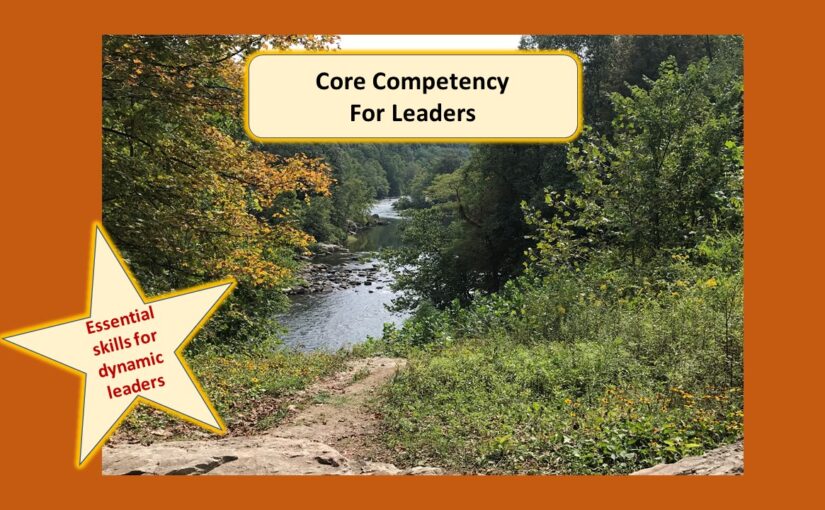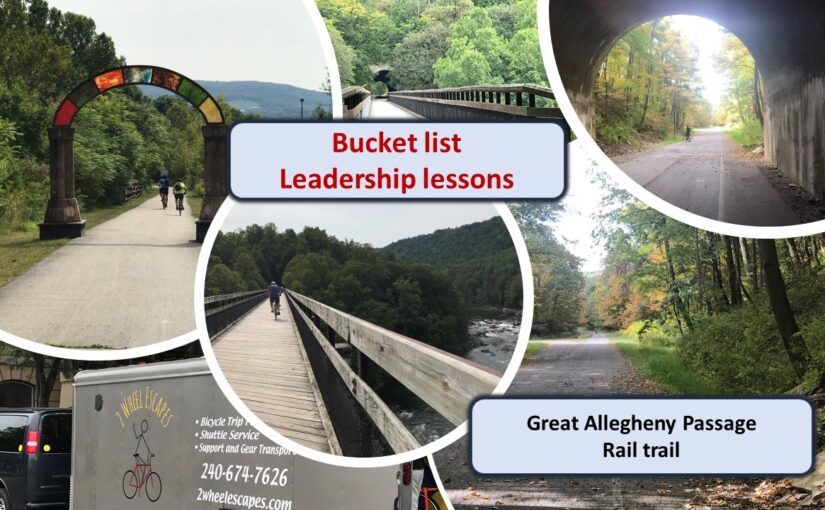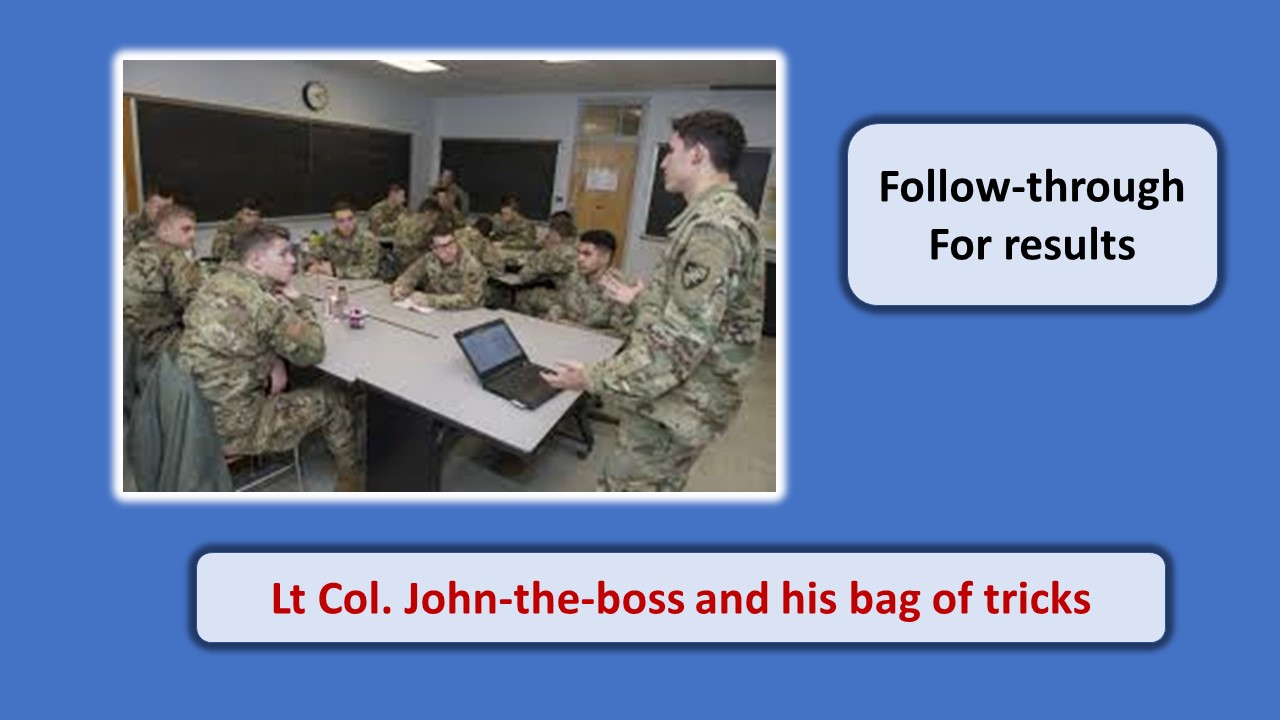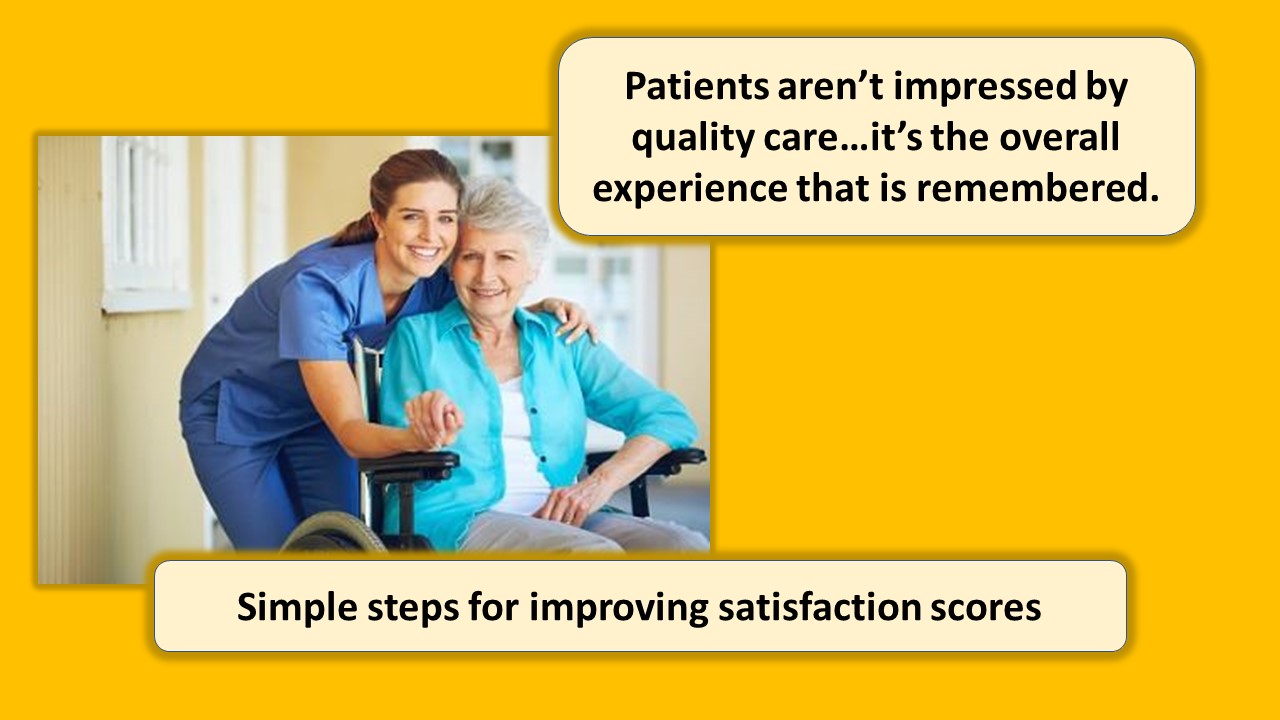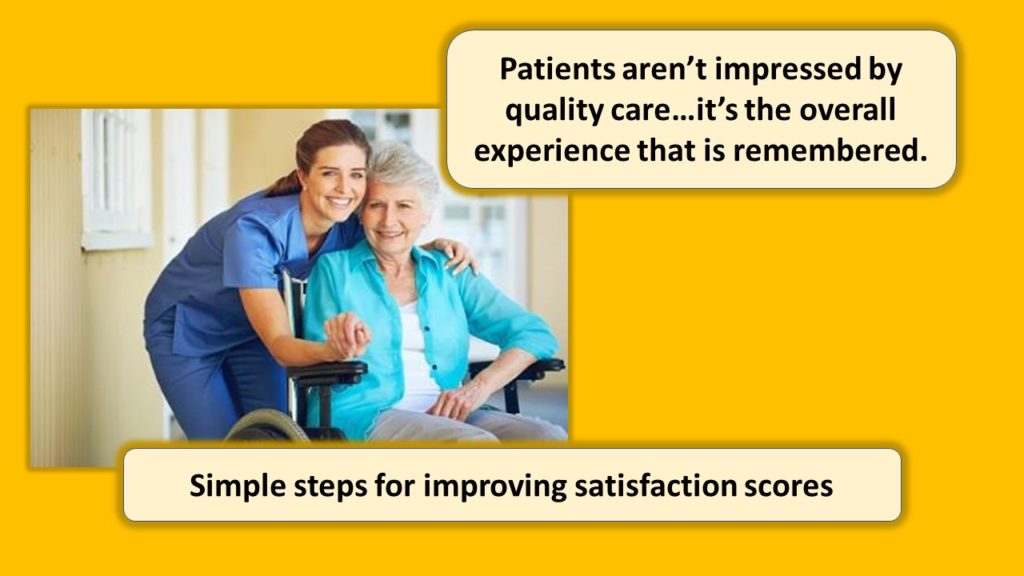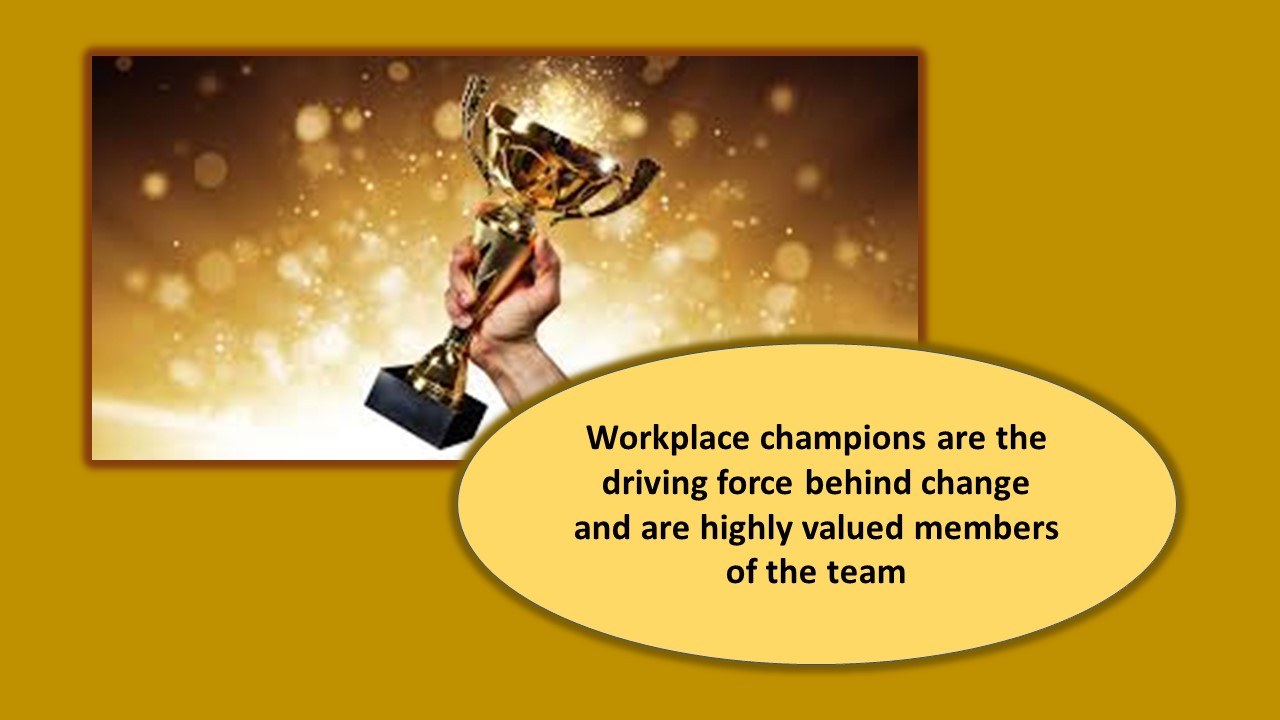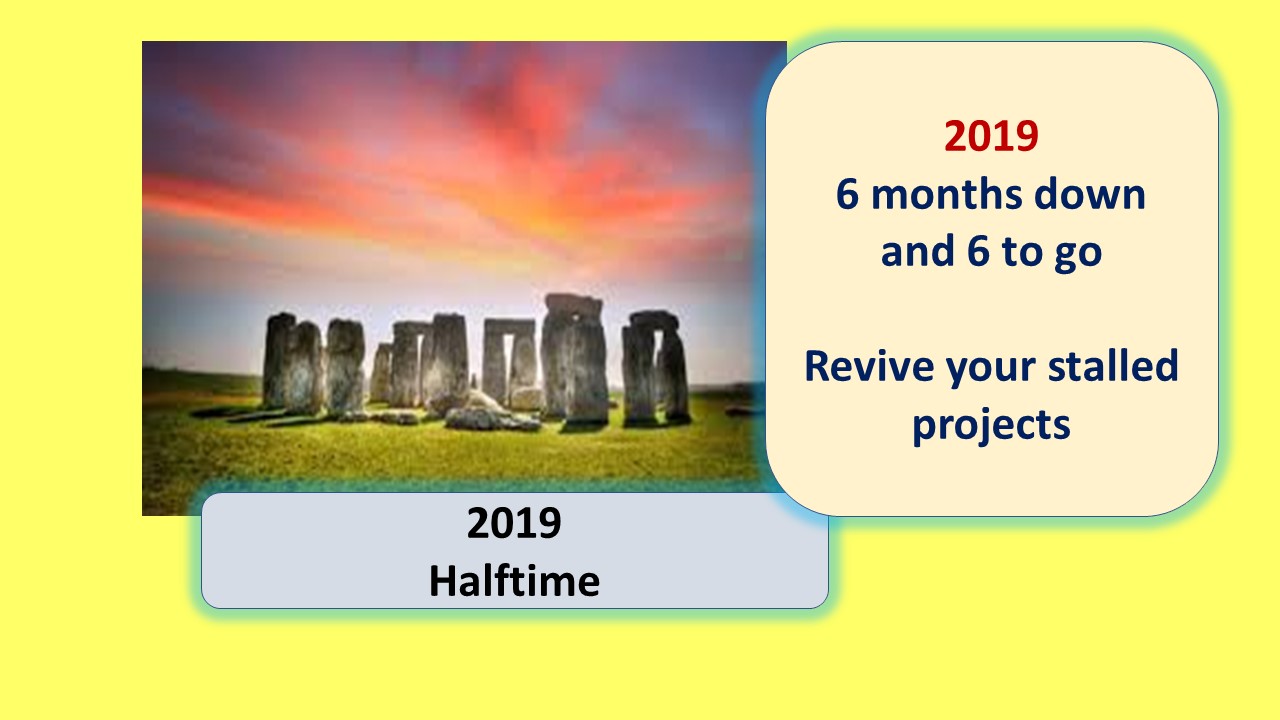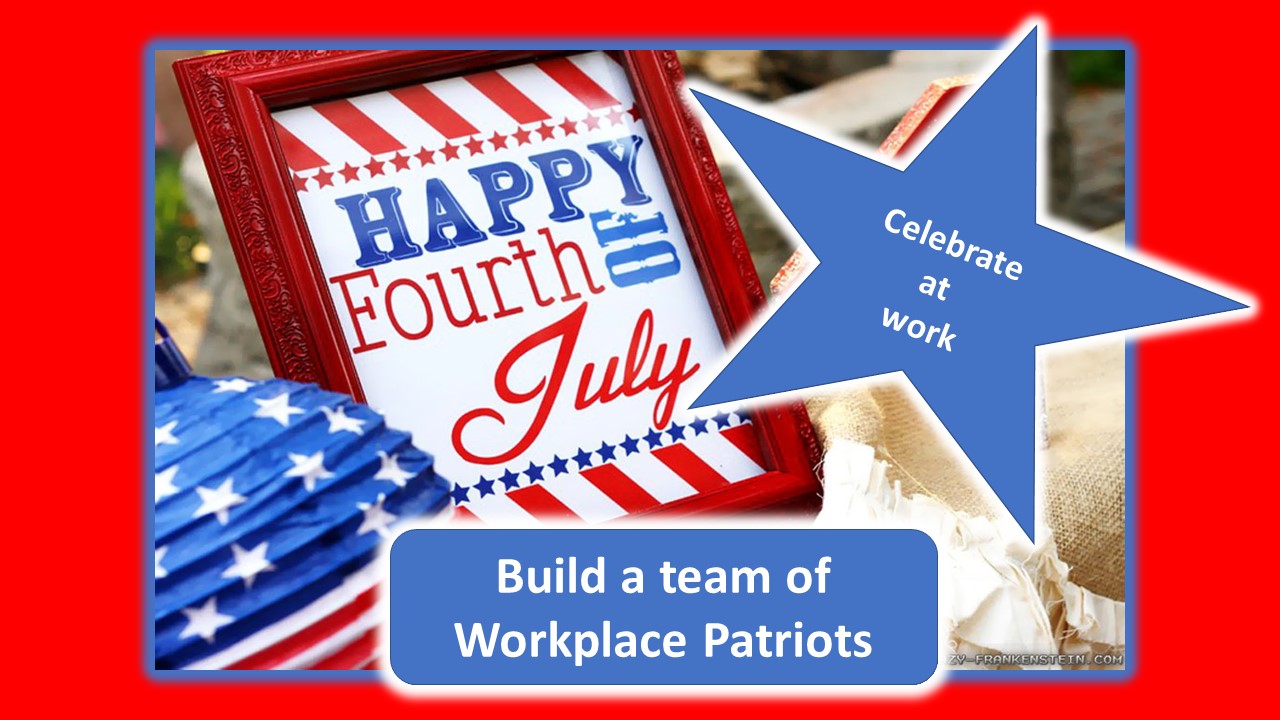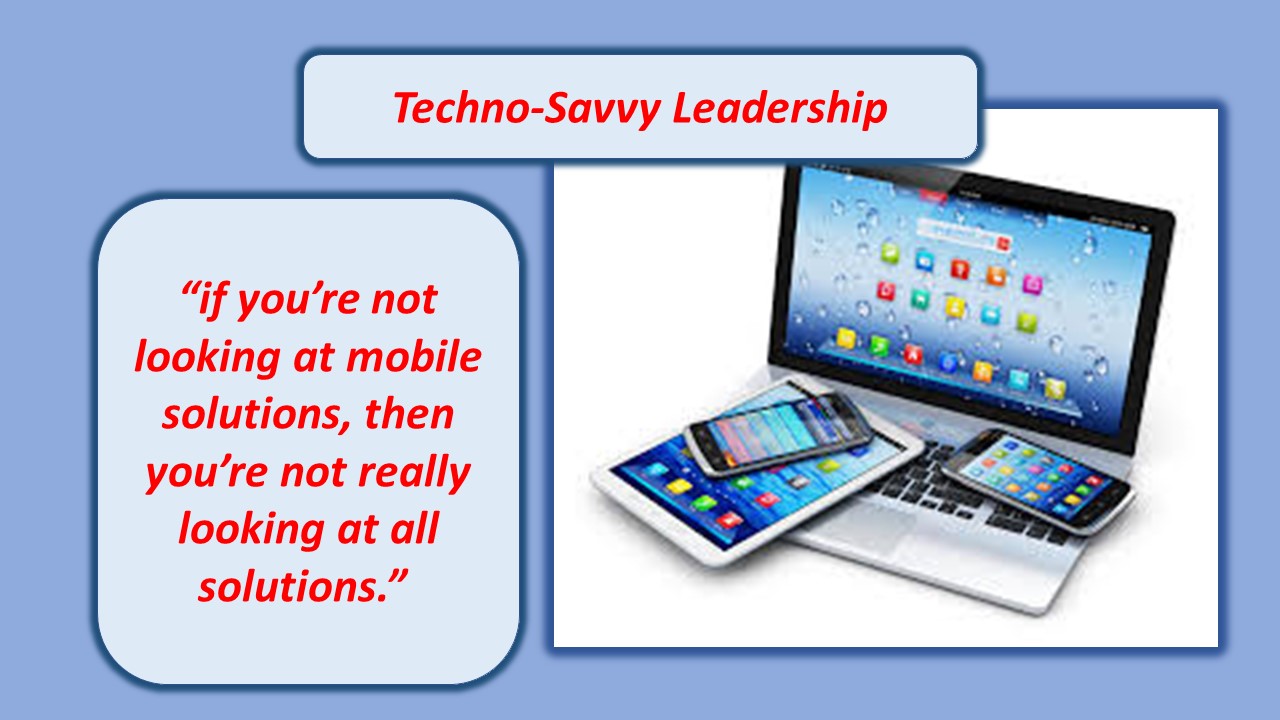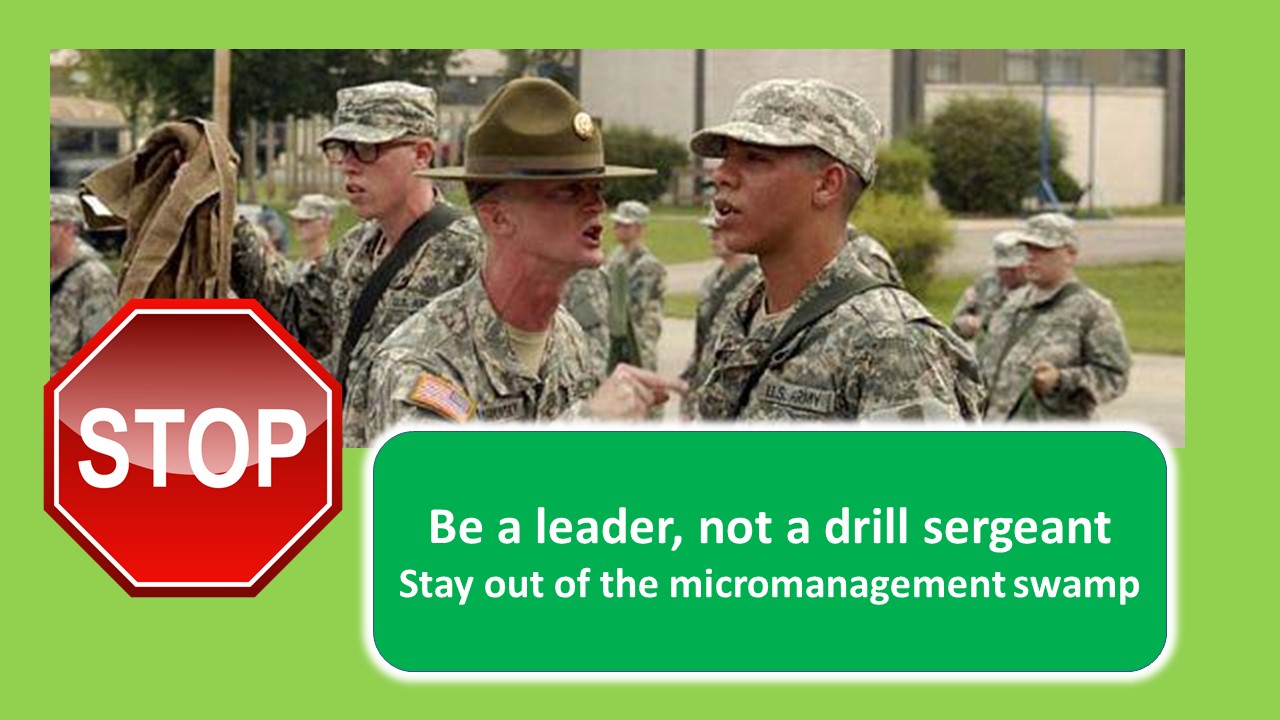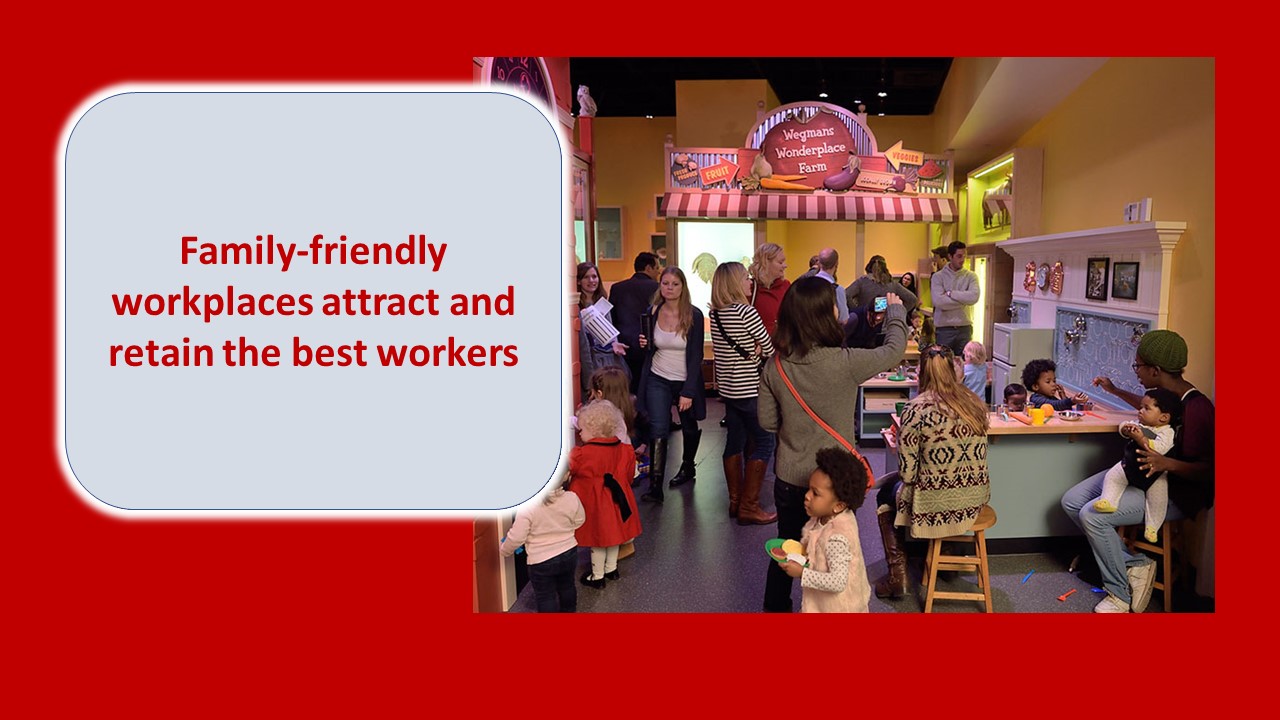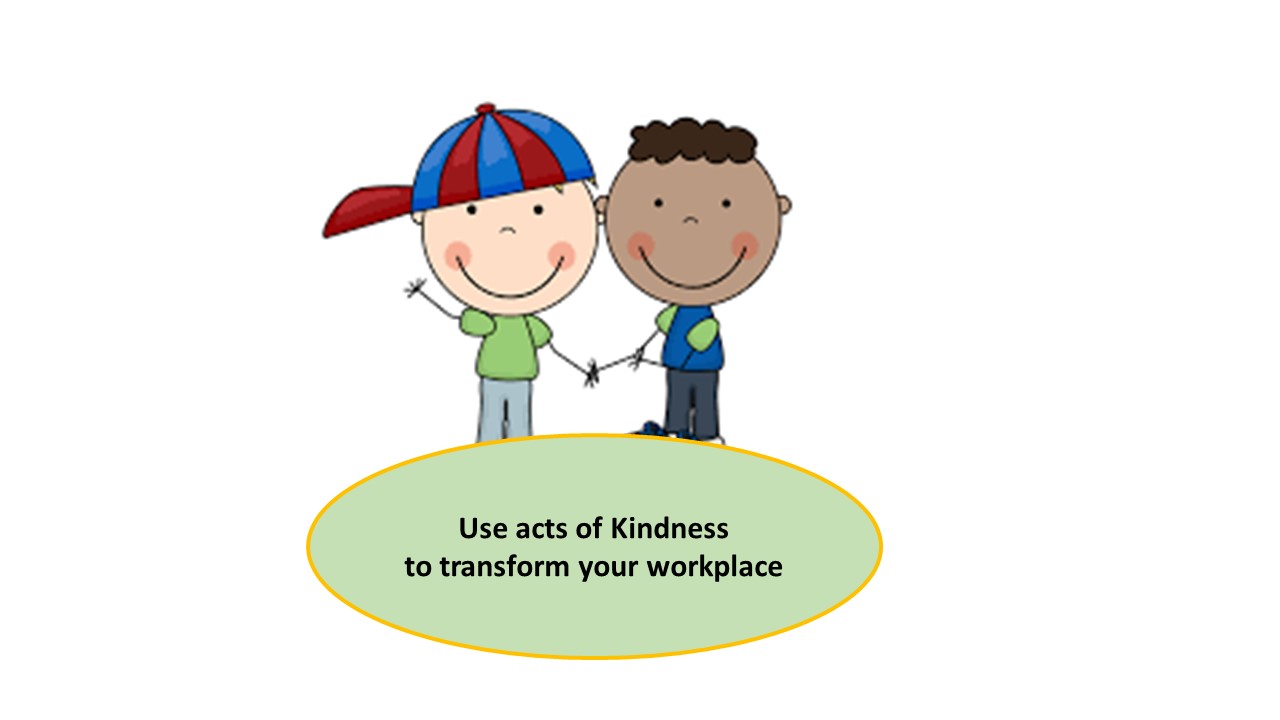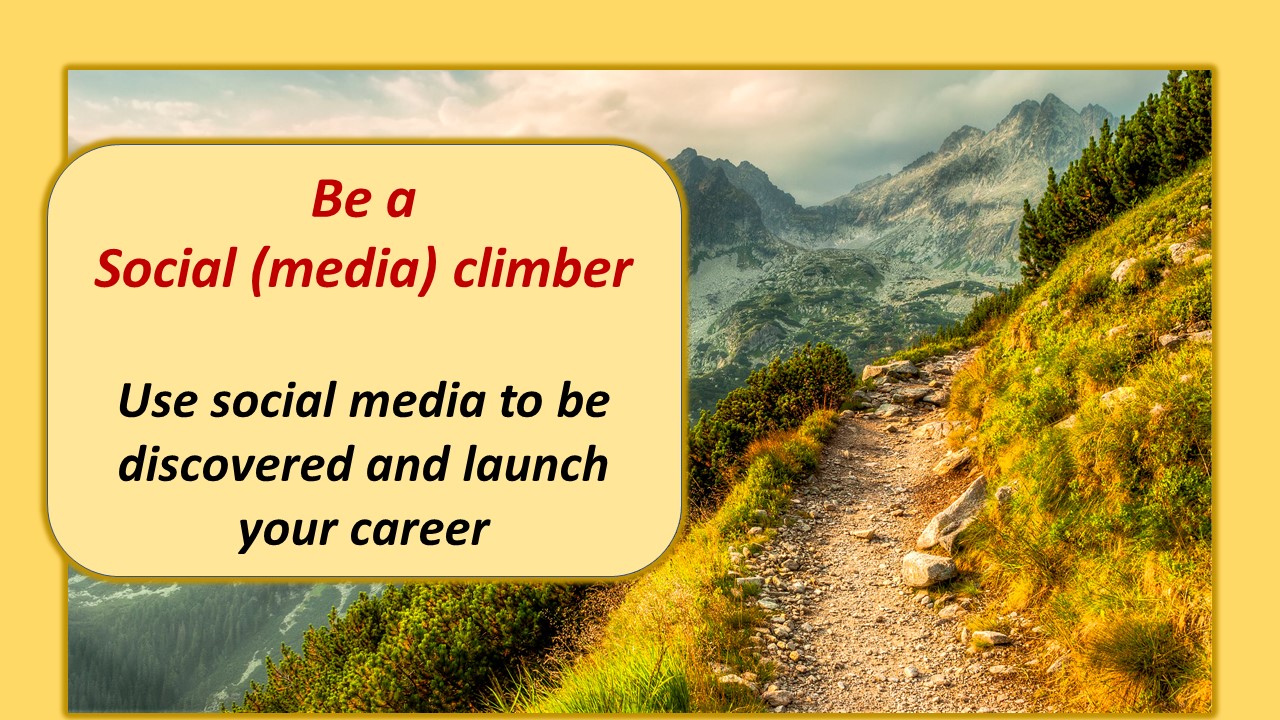
By Thomas Davis, CRNA, MAE, DNAP candidate
Work completed for my DNAP degree and conversations with colleagues has taught me that just about everybody knows what social media is, and that many people use it in one form or another to socialize with friends, family or colleagues. What many people fail to appreciate is that social media is a powerful tool that can either enhance or kill your career. Leveraging the power of social media will position you to be recognized, rewarded and promoted within your profession.
Advancing professionally in all industry requires that you are known and respected by your peers for the quality of your talents and interests. Marketing is essential for the success of any venture and social media is a great launching pad for gaining recognition. Careerbuilder.com notes that over 50% of employers use social media to recruit the best talent, and that of those entities seeking highly qualified workers, 35% will not offer an interview to a person who has no online presence. To sell yourself locally and globally, it is critical to be seen online consistently creating a positive professional and social image.
Build your online image
The first step in building your image is discovery and damage control. Even if you have never used social media or posted a comment online, you may appear online linked to your profession, employer or social group. Begin by searching yourself on google and click on any link that is connected to you. If you like what you see, update the content and make sure that others can find it easily by doing little things to ensure that the information is linked to you. Tom S Davis immediately pops up as CRNA while Tom Davis labels me as a former University of Iowa basketball coach! Even small changes like adding a middle initial to a common name will help direct readers and save time. After viewing what others see, take note of anything that is not flattering. If you don’t like what you see, rebuild or clean up all unflattering content. If you posted a blog years ago that is embarrassing to you or anyone else, take it down. If you posted a less than professional picture or used offensive language, delete it. A selfie from the college kegger will not score points when viewed by a potential employer. If some other entity controls the material you have previously posted, contact them and ask that the outdated material be removed. Your profile must be spic and span clean and professional.
After the D&D is complete, continue the rebuilding by making sure that current professional postings are easily linked to you. If you have completed a degree, published an article, or have recent pictures from a professional meeting, make sure they appear online and are linked to your name. Recognizing the achievement of others, garners their appreciation, elevates both of you in the online community and raises the level of activity on your own site.
Use multiple platforms
Because there is not a single best platform for creating a professional image online, gaining exposure requires that you appear on multiple platforms. Start by opening three essential accounts and update them frequently. Give time and attention to completing the profile information when establishing an account.
Twitter. Due to the 280-character limit on Twitter, tweets (posts) are short and to the point. Open an account, let colleagues know your username, and always being positive and professional when you tweet. You will earn a reputation for being a “thought leader” by posting URLs for articles that inspire colleagues and elevate your profession. Be sure to follow other leaders in your profession and “like” or “retweet” as the case may be.
Facebook/Linkedin. Originally, Facebook was designed as a social site and LinkedIn was viewed as a Facebook for professionals. Both now have user groups specific to just about any profession. Create an account on each platform and join at least one user group related to your profession. Read what others are posting, comment where appropriate, and when you gain a little comfort and courage, start posting original topics.
Professional site. Many professional organizations have online discussion boards where members of the vocation can share thoughts and debate issues. For nurse anesthetists, the AANA connect forum is an excellent place to interact with colleagues.
Social media is meant to be interactive, so don’t hesitate to add material or continue conversations. As you read other’s comments, your interest may be piqued and your intellect challenged, and you may wish to join the conversation to expand the topic and share your thoughts with the online community. Regardless of the breadth of your interaction, sometimes all you need to do is like another person’s comments and your name will be linked to the discussion thread.
Tips for posting on social media
Update your profile. Social media sites encourage you to create a personal profile and as you gain followers, your profile becomes your identity. Post a professional picture, accurate contact information and links to professional work that you have accomplished. You are creating an online identity so use your real name and get full credit for your contributions to the cyber world.
Be authentic. Online scholarly articles are not in short supply. Social media is your opportunity to show colleagues that you are informed in a less academic way. Be yourself and have a short conversation with your readers, leaving the lectures for the classroom. If your natural self tends to be academic, work on altering your language enough to sound relaxed and to be engaging.
Set the tone. Emotional intelligence is a current buzzword and a concept that encourages readers to look beyond the words and sense the emotion tied to the topic. As you post online, avoid sounding authoritative, dogmatic or robotic. You are a professional responding in a social climate so choose positive, empowering words with an optimistic tone, even when you’re addressing an industry problem or potentially heated topic.
Involve other posts. Jumping in to contribute to an ongoing discussion thread, or to comment on a blog post, creates an online presence. If you don’t have time to develop and post an original topic, make a quick remark or give a thumbs up to something that a colleague has posted.
Stay out of a rut. Always talking about the same topic is about as exciting as repainting the fence every weekend. Social media is fast paced and redundancy is guaranteed to turn off and turn away your readers. Likewise, always talking about yourself, or never talking about yourself, lowers reader regard and should be avoided. It’s okay to share your personal experience when it’s clearly appropriate to the conversation, but don’t be a prima donna (or primo uomo) by making yourself the focus of your social media post.
Don’t shoot yourself in the foot. What you post is out there for everyone in the world to see, including your colleagues and potentially, your next employer. Keep it professional and avoid trigger topics such as politics, religion or alternative lifestyles. Your readers have their opinions and you are unlikely to change any minds; however, you will be forever linked to dogmatic rhetoric. Never forget, bashing or otherwise bad-mouthing individuals whether they are coworkers, political figures or competitors of any kind (and whether or not you refer to them by name), is unprofessional, unbecoming behavior. Stay about of the mud and be squeaky clean.
Having a dynamic online presence does not guarantee employment, promotion or popularity; however, you are invisible without it. Social media offers many interactive platforms that enable you to create or reinvent a public identity as you connect with colleagues and promote your profession. If you have earned an advanced degree, achieved professional certification and been granted a license to practice, shine a light on yourself by joining the Global Country Club. As card-carrying, informed and connected member, you can tweet, blog, post online and harvest the rewards.
Tom is a noted author, enthusiastic speaker, committed leadership developer and superb clinical anesthetist. Contact tom@prosynex.com to book a speaking engagement.

